Pioneers | Joseph Plateau
In 1832 Joseph Plateau invented the phenakistoscope otherwise known as a spindle viewer. Simon von Stampfer also invented the device but named is a stroboscope. The device works by the persistence of vision to create the illusion of motion. It consists of two discs that are upon the same axis. Disc one has slots on its edge where as disc two has drawings of an action. When viewed in a mirror through disc one slots, disc two gives the illusion of motion. The discs spin together and becomes an endless cycle of motion. http://courses.ncssm.edu/gallery/collections/toys/html/exhibit07.htm
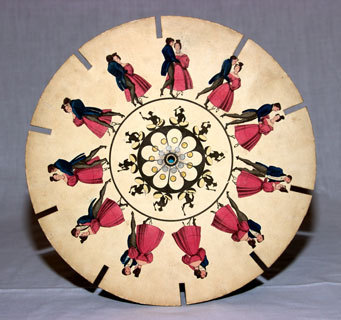
Pioneers | William Horner
In 1834 William Horner invented the zeotrope. However it was first named Daedalum which means the wheel of the devil. Wasn’t until American developer William Lincoln that adopted the name zeotrope for the device which means the wheel of life. Similar to how Joseph Plateaus invention phenaktioscope worked although the pictures were on a strip within a drum with the slits on the upper section. The increase in speed in which the drum is spun creates a smoother image. http://www.exeter.ac.uk/bdc/young_bdc/animation/animation4.htm
Pioneers | Emile Reynaud
In 1877 Emile Reynaud invented the praxinscope in which was in fact an adaption to the famous zeotrope by William Horner. Again like the zeotrope it had a drum design which also revolved. The images however were viewed by reflection in a prism of mirrors which had risen from the middle. As the mirrors moved along with the drum it gave a clear animation of motion. Reynaud then wanted to adapt the device so it could project these images. He replaced the drawings with transparent drawings so that light could be shone through the drawings. The light would then be reflected by the mirror prism and focused onto a screen by a lens. This turned into a theatrical entertainment in 1889. A single flexible strip was created with more images so it wasn’t a constantly repeating. However the images were hand painted to reproducing the images was difficult. Raynaud’s Theatre Optique was what could be called the closest to cinema.http://www.earlycinema.com/technology/praxinoscope.html http://freekkinkelaar.nl/2011/07/28/digging-for-gold-part-1/
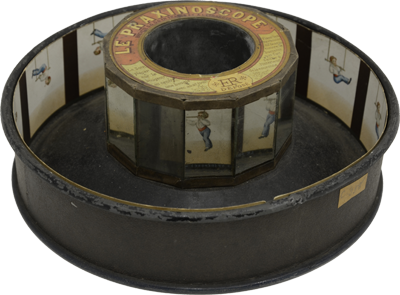
Pioneers | Eadweard Muybridge
“Father of the motion picture” Eadweard Muybridge began early experiments with photography. in 1882 The Horse in Motion was known as the first ever moving picture. In 1872 Eadweard began to develop into rapid motion photography and was approached by Leland Stanford who was a racehorse owner. He had a wager (bet) that a horse was ever airborne whilst galloping. Eadweard used wet plates and produced highly underexposed plates proving Stanford that the horse was airbone during galloping. In 1877 Eadweard went back to attempts of high speed photography. Stanford helping him expand his experiments in horse movement. This involved setting up a series of 50 camera on a race track. Using controlled shutters and trip wires on the track he made sure they each automatically took its own picture of the horse as it ran across the track. This then being the Horse in Motion. Zoopraxiscope was an invention of his that aloud projection of his silhouettes that gave the illusion of motion. First viewed by the public in 1882.
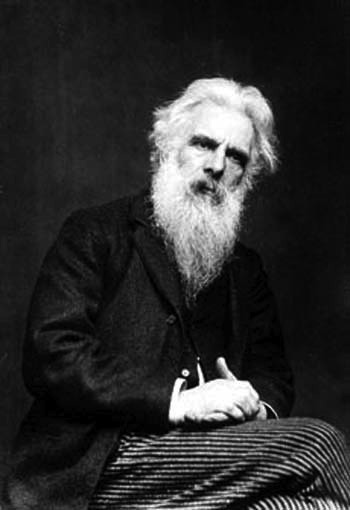
Pioneers | Thomas Edison
In 1888 Edison had an idea for a device that would “do for the eye what the phonograph does for the ear” this was the initial idea of recording motion and reproducing it. Naming the device Kinetoscope which is Greek for movement and watch. In 1889 William Kennedy Laurie Dickson was two of his assistance that were given the job of inventing the device. There were many problems during the experiments however John Carbutt developed an emulsion-coated celluloid film sheets. Edison adapted this into his experiment. Dickson bought in large quantities from The Eastman Company that produced its own celluloid film. in 1890, William Heise became Dickson’s new assistant in which they both began to invent a machine that exposed a strip of film. The Kinetoscope was finally shown in 1891. The device was both a camera and a peep-hole viewer. Edison was assigned the credit as it was the products of his laboratory. Although he states he had involvement and made the main decisions. http://memory.loc.gov/ammem/edhtml/edmvhist.html
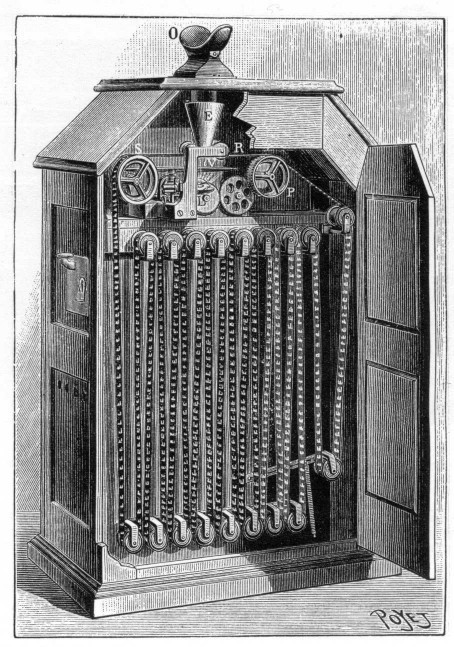
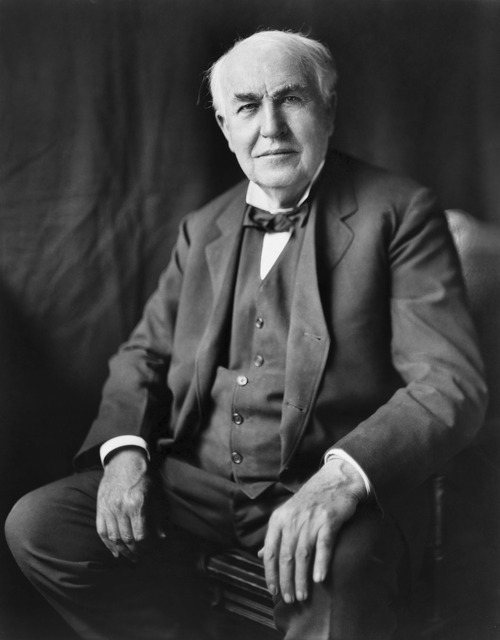

http://www.wildfilmhistory.org/person/180/Eadweard+Muybridge.html